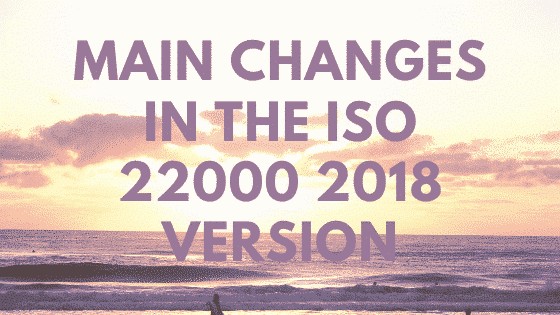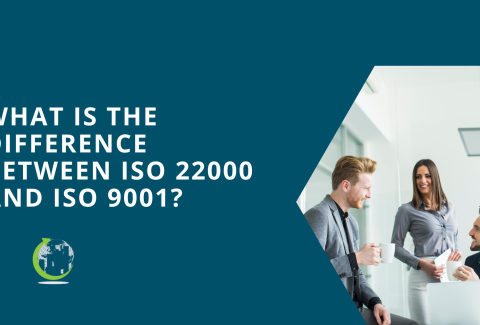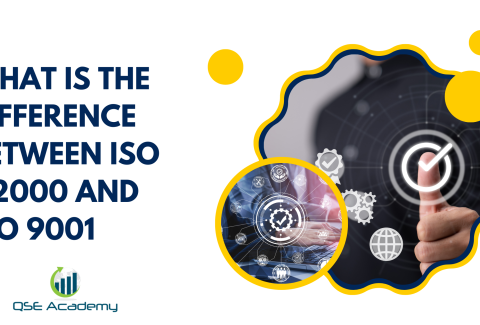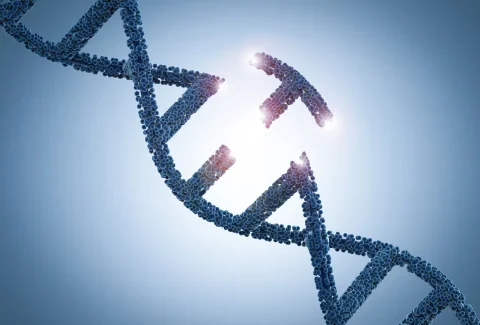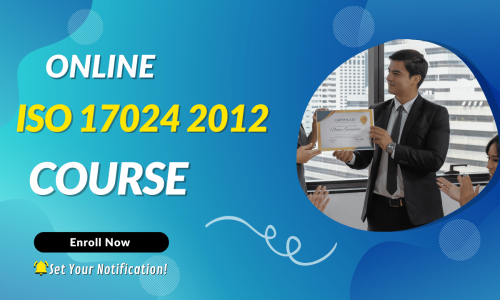Main Changes in ISO 22000 2018 Food Safety Management System
ISO 22000 2018 Food Safety Management System covers the requirements for Food Safety Management Systems (FSMS) across the whole food chain. Its most current version was published in June 2018.
Although many of its requirements are similar to ISO 22000:2005, there are essential changes to the 2018 version.
For this article, QSE Academy explains the key changes your company must understand to transition to ISO 22000:2018.
What are the Main Changes in ISO 22000 2018 Food Safety Management System?
-
Greater Focus on Leadership and Responsibilities
The 2018 version of ISO 22000 puts a stronger emphasis on top management to show leadership, empowerment, and commitment.
Leadership applies to responsibilities in the management system. In effect, workers consult and participate in the management system’s development, planning, implementation, and continual improvement.
Your top management must guarantee all parties understand the significance of an effective Management System (FSMS). In this way, your company can obtain the intended outcomes of the FSMS.
-
Risk-Based Approach in Developing the FSMS
ISO 22000:2018 applies a risk and opportunity approach, which is a business-oriented manner that needs to identify broad risks and opportunities.
Doing this approach lets you identify opportunities that can contribute to the improvement of the FSMS. Consequently, this enables your company to manage risks effectively.
-
Clarification of Key Concepts
The first one is the change to the Plan-Do-Check-Act (PDCA) cycle. In ISO 22000:2018, PDCA now has two separate cycles working together.
There are also changes to the differentiation of key terms such as Operation Prerequisite Programs (OPRPs) and Critical Control Points (CCPs).
The next clarification applies to the Hazard Analysis and Critical Control Point (HACCP) principles and the management system.
Finally, ISO 22000:2018 made some clarifications to the Context of the Organization. Clause 4 gives a high-level, strategic understanding of the critical issues that can impact how your company handles food safety.
The Content of the Organization provides an opportunity to determine and understand the factors and parties that affect the intended outcomes of the FSMS.
Through this, your company can identify significant internal and external issues that could affect the FSMS. This also lets you prepare any concept of preventive action.
-
Better Compatibility with Other ISO Management System Standards
By realigning ISO 22000 to the High-Level Structure (HLS), the revised version becomes compatible with the other management system standards because of a common framework.
As a result, consistency leads to matching sub-clauses in terms of structures. Likewise, all standards use a common language.
Thus, it will be easier for your organization to integrate the FSMS into core business processes. Subsequently, drive the senior management to get more involved.
-
Organizational Risk Management
When your company takes a proactive approach to diminish expected risks, you’ll be able to maximize expected opportunities that are vital to the FSMS.
QSE Academy urges companies to address organizational risks by averting undesirable effects. Similarly, take advantage of opportunities that can improve the overall performance of the FSMS.
The food sector uses HACCP principles to manage food safety risks. Now, ISO 22000:2018 requires companies to understand and manage organizational risks.
Remember that organizational risks are event/s that may affect the effectiveness and performance of the FSMS.
These include competitors, reliance on sole/key suppliers, resource availability, and reliance on a small number of key customers.
Organizational risks may also cover organizational culture and behavior, aging equipment, changing customer needs, and changes to statutory/regulatory requirements.
Your company must consider some aspects when identifying risks. These include the context of the organization, FSMS scope, and requirements of interested parties.
To address organization risks, companies can use mitigation, sharing, transfer, and acceptance. Make sure to use an informed decision or take a risk to pursue an opportunity.
Why Companies Must Follow ISO 22000
ISO 22000 is a beneficial framework that helps companies implement an FSMS.
Looking for More Resources on ISO 22000?
If you found this article helpful, explore our premium resources designed to help you achieve ISO 22000 certification efficiently:
- 📦 Complete Documentation Package for ISO/IEC 22000 2018: Get all the essential templates and documents you need for fast, easy implementation.
- 🎓 Online Course on ISO/IEC 22000 2018 : Enroll in our comprehensive training to master the key concepts and practical steps toward certification.
- 📋 ISO/IEC 22000 2018 Checklist: Download our detailed checklist to ensure you’ve covered every step of the process.
These resources are tailored to meet your needs and ensure a smooth certification journey. Explore them today and get one step closer to success!

